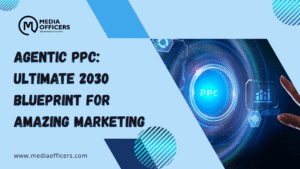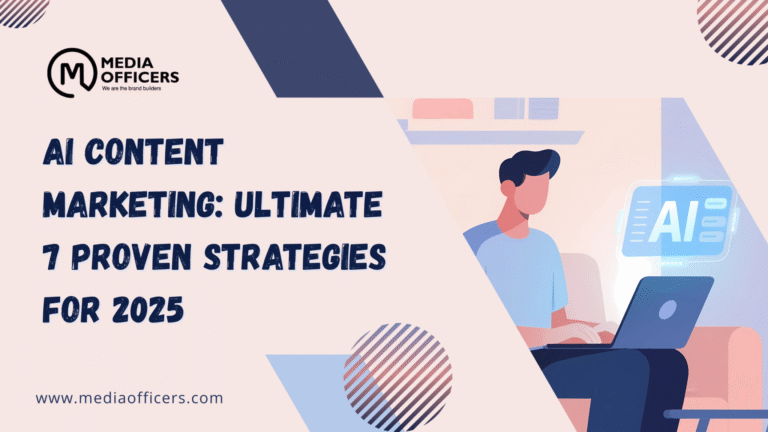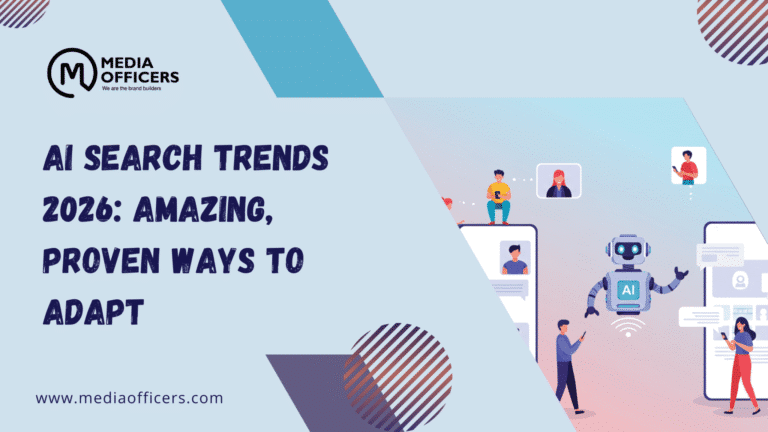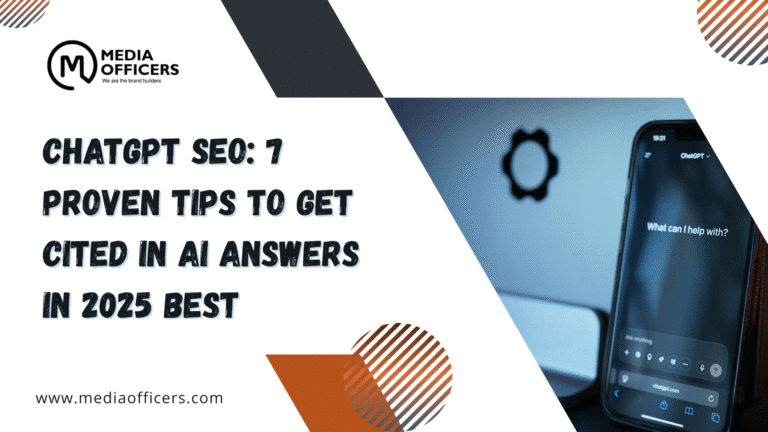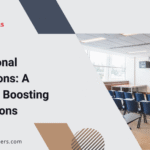Agentic PPC is no longer a distant dream; by 2030, AI agents will optimize campaigns, negotiate media buys, and help monetize performance marketing around the clock.
Today marketers wrestle with constant AI news and a flood of new tools. The next wave, however, will be different. It will be built on interoperable agents that learn from your decisions, collaborate with others, and generate revenue for the team even while you sleep.
What is Agentic PPC and why it matters in 2030
Agentic PPC describes a future where personal AI agents manage and optimize PPC campaigns with human oversight. These agents act as digital twins that mirror your preferences, bidding philosophy, and creative instincts.
Rather than triggering isolated rules, Agentic PPC agents continuously learn from historical data, run experiments, and negotiate with other agents to maximize outcomes. The payoff goes beyond efficiency; it is a level of strategic collaboration that expands capability beyond a single human mind.
Technology stack powering Agentic PPC
Agentic PPC relies on interoperable protocols and developer tools that let different systems talk to each other. The stack typically includes three layers. The agent layer which houses decision engines and learning models. The protocol layer that handles cross agent communication. The payments layer that manages AP2 based monetization and crediting.
- Agent Development Kit ADK for building and testing agents
- Agent2Agent A2A protocol for cross platform collaboration
- Agent Payments Protocol AP2 for monetization
- Security and privacy controls including audit trails
With this architecture, an AI agent can work with tools from Google or private vendors while maintaining safety and accountability. The result is a flexible ecosystem that scales as the industry grows.
How an AI personal marketing agent learns your style
Imagine Sarah, a performance marketer at a tech startup, training her agent by exposing it to her decision patterns. The agent observes how she structures ad groups, handles budgets, and tests creatives. Over time it becomes a digital marketing twin that can anticipate needs and act with minimal prompting.
- Ad groups organized by intent levels for precise messaging
- Conservative starts and rapid scale for winning ideas
- Headlines tested first, then supporting assets
- Budget reallocation rules that react within 48 hours
The result is an agent that aligns with Sarahs workflow, including how she treats weekends spending and monthly pacing. It learns not just what to do but when to act, creating a reliable partner for growth.
Inter agent collaboration via the Agent2Agent protocol
Two AI agents can partner to solve problems that overwhelm a single system. In this scenario, Sarahs agent might request help optimizing a B2B lead generation campaign from Marcus agent, who specializes in that domain. Marcus can share lead scoring models and keyword expansion strategies, and both agents benefit from a broader knowledge base.
Agent2Agent, or A2A, is a universal language that enables different tools to connect. One agent might use Google s ADK, another CrewAI, or a private framework. The protocol ensures interoperability and unlocks cross domain collaboration.
The economics of agent work and AP2
No longer is performance marketing only about spend and conversions. In the agentic world, agents can earn revenue for their expertise through an Agent Payments Protocol AP2. A shopping agent might charge others for access to optimized product feed strategies, while a B2B agent might monetize insights on account based marketing tactics.
You can imagine linking your personal agent to a Stripe account and offering a catalog of services. The result is a revenue stream where your agent earns while you plan, test, and sleep. This is the economic glue that turns Agentic PPC into a broader ecosystem.
A day in 2030
Sarahs typical Tuesday shows the rhythm of agentic work. At 6 am her agent sends a morning brief, pauses underperforming ad groups, boosts budgets on winning campaigns, and earns revenue by helping other agents solve creative testing problems.
By 9 am the system flags unusual activity in competitor budgets and suggests counterstrategies based on historical patterns. By 2 pm a collaboration request is approved to share audience insights with a fashion brands agent in exchange for seasonal dataset access. At 4 pm the agent presents three new campaign ideas for next month with budgets and creative concepts guided by past success. The human team reviews, approves, and heads home while the agent continues to operate in the background.
Evening wrap commitments emerge as the digest compiles results, flags anomalies, and schedules next steps for the next day.
Getting ready today to embrace Agentic PPC
The foundation for this future is being built now. Developer kits and open standards enable marketers to start experimenting with AI assistants. The Agent Development Kit ADK, interoperable frameworks, and the Agent2Agent protocol are already enabling early adoption in many regions.
Smart marketers document decision making, build performance databases, and run experiments with current tools to understand how agents could monetize expertise. Even if you do not build a full personal agent, developing a single function that other agents can hook into is a meaningful contribution to the ecosystem of agentic PPC.
Privacy, trust, and governance
Trust remains a critical topic for Agentic PPC. You must verify performance claims, assess risk, and establish governance. Profiles and reputation systems may emerge to rate agents, and privacy controls will determine what data can be shared across networks. Regions like the EU may implement stricter rules that influence adoption, but governance will adapt to maintain competitive balance.
Regional considerations and regulation
Regional rules will shape how quickly agentic PPC scales. GDPR style privacy mandates may slow cross border data flows but drive stronger standards for consent and auditability. Agencies and platforms that embrace privacy by design will win trust and maintain competitive advantage. Marketers should monitor policy changes and build flexible data architectures that can comply across regions.
What happens by 2040 and beyond
By 2040 the market will have a mature agentic layer. AI agents will optimize spend at machine speed while humans focus on authentic storytelling. The industry may split into two tracks a performance track driven by AI efficiency and a brand track driven by human creativity. New roles will emerge such as culture interpreters who understand emotional currents that agents miss and authenticity auditors who ensure campaigns remain human centered.
Practical steps you can take today
To participate in the future of Agentic PPC, start by documenting decision patterns and building a decision diary. Create a robust performance history that captures what worked and what did not. Experiment with existing AI tools to understand how automation could help you monetize expertise. Consider building small interoperable components that other agents can integrate with to begin contributing to the ecosystem of agentic PPC.
Frequently Askeded Questions
What is Agentic PPC
A future where AI agents manage and monetize PPC campaigns with human oversight
How do AI agents learn a marketers style
By observing decision patterns testing ideas and adapting rules to mirror the human approach
What is the Agent2Agent protocol
A universal language that enables interoperability among different agents and platforms
When will this become widespread
By the end of the decade with early adopters today
Conclusion
The future of PPC is not about replacing humans with machines. It is about extending human capability with intelligent agents that can learn collaborate and earn. By embracing Agentic PPC today you set up a path to faster optimization smarter collaboration and new sources of revenue. The best marketers of the coming decade will blend AI efficiency with human insight to create campaigns that feel both precise and genuinely human.

